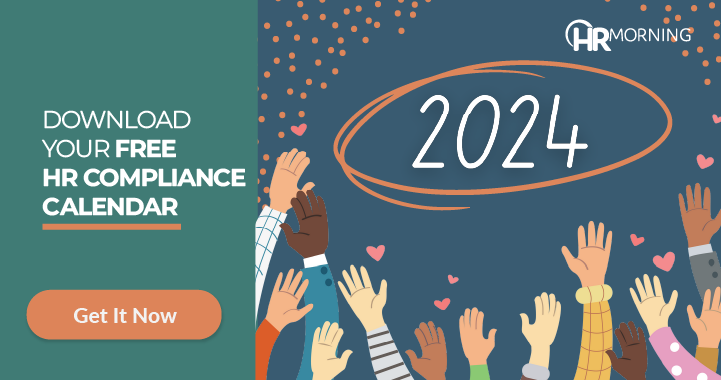If you don’t already offer employees the benefit of having some type of workplace savings program, you might want to consider it asap. Here’s why: In a new study, 50% of employees who don’t have access to a workplace savings scheme want one and would partake in it if their employer offered it.
We keep talking about how financial stressors take their toll on your employees. And it’s true. When people are stressed about money, they have difficulties focusing on their work. There’s been an 11% increase in employee financial stress since 2021, according to BrightPlan’s 2022 Wellness Barometer Survey on the state of employee well-being. And 72% of employees say they’re stressed about their finances.
While things appeared to be getting a little better budget-wise with the winding down of the pandemic, the skyrocketing gas prices and the effect they’re having put an end to that. And experts aren’t predicting a let-up until the end of summer with gas prices climbing to more than $5.50 a gallon.
That said, employees’ stress levels are on the rise again. And having workplace savings options would help employees who are showing signs of financial stress to boost their resilience, according to the Building Societies Association (BSA) study.
Workplace savings programs
The reason most given for using workplace savings in the study is building a savings buffer for emergencies or unplanned spending.
Workplace savings programs are a simple, flexible, low-risk option for employees to build savings, so they aren’t constantly worrying about money. While they don’t give the biggest bang for your buck, they’re a good starting point to foster saving habits in employees who aren’t the best at saving money.
Case in point: The 50% above who said if they were offered it, they’d use it, also said it would be in addition to their current savings or their first formal savings.
This is important because any little bit helps when you find out that 55% of the more than 2,000 people surveyed for the BSA study said they wouldn’t be able to cover their living expenses for a month if they lost their income.
The study also found that 62% of workers feel employers should care about their employees’ financial well-being, but only 24% think their employer truly does.
What you can do
Industry experts believe employees will dip into their 401(k) plans or other retirement savings less if employers offer them other savings choices.
In 2020, 2.8% of retirement plan participants withdrew funds from their accounts. This may not seem like a lot, but the same percentage withdrew funds in just the first half of 2021. And this is the biggest percentage of retirement plan withdrawals in 10 years, according to the Investment Company Institute.
One option is an emergency savings plan. Money gets contributed to these accounts via automatic deposits through payroll deductions. While there are different types of emergency savings accounts, they all do the same things – allow employees to access money when they need it.
For setting up emergency savings accounts, firms can:
- create accounts directly within their existing 401(k) plans to supplement the plan (this helps prevent employees from dipping into their retirement savings), or
- allow workers to make contributions to an account at an outside financial institution.
Employee contributions to emergency savings accounts must be taxed beforehand. Firms are also allowed to make matching contributions to workers’ accounts.
Typically, these accounts are offered through third-party vendors. It may take a little time to find the vendor that best meets your needs, but in the long run, you’ll profit from less stressed, more invested employees.



